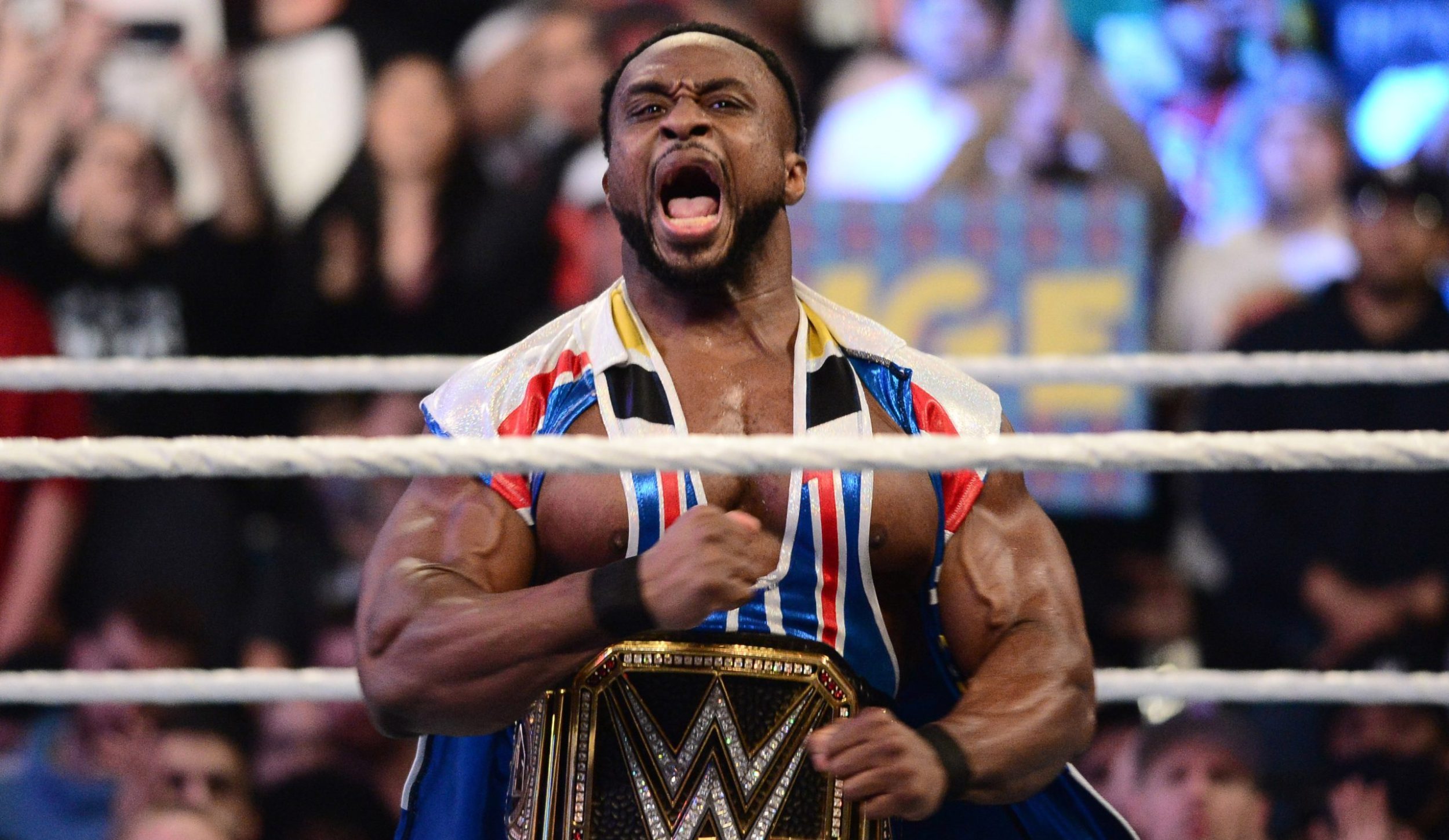If you’ve ever been into collecting sports cards or just sports memorabilia in general (or are just a big baseball fan), you’ve probably heard about the 1909 T206 Honus Wagner baseball card before. ESPN even did a 30 for 30 short on the card, titled “Holy Grail: The T206 Honus Wagner” (a recommended 14-minute watch if you have the time):
The specific T206 Honus Wagner card that they spend a lot of time on in this documentary is the “Gretzky” Wagner, as it was once owned by hockey legend Wayne Gretzky. That version of the T206 Honus Wagner was last sold privately for $2.8 million in 2007. Well, that price has been topped.
A T206 Honus Wagner card known as the “Jumbo” Wagner sold for $3.12 million on Saturday night, setting a new record price for a trading card at a public auction, according to Yahoo! Finance’s Daniel Roberts. The previous owner — an anonymous buyer, probably Larry David — paid $2.1 million for the card in 2013, so that person made a nice million off the card in just three years.
Here’s more on the card from Roberts:
Honus Wagner baseball cards from the American Tobacco Company’s T206 series are the most valuable baseball cards in the hobby, for a few reasons: they’re extremely scarce (only 200 were made, and only 50 are in circulation today); of those, only three are in decent shape; and Wagner famously demanded he be removed from the card series, either because he didn’t like the cigarette company marketing the cards to children or because he wanted more money from the company to use his image.
The “Jumbo” Wagner card, nicknamed “Jumbo” because a cutting error left a slightly larger, imperfect border, has a rating of 5 on the 10-point PSA scale that grades the condition of baseball cards.
As crazy as it seems that someone would pay $3.12 million for a baseball card (and it is crazy), Roberts explains how it was thought the card could even sell for much more than that, and to expect the prices to only continue to rise due to — as Goldin Auctions’ Ken Goldin puts it — a “seismic shift in the industry”:
Ken Goldin, whose Goldin Auctions handled the sale, had predicted that the card could break the $4.4 million record price paid for any piece of sports memorabilia, set in 2012 for a Babe Ruth game-worn jersey from 1920. That did not happen.
If it sounds crazy that someone paid $3 million for a baseball card—and even crazier that someone paid more than $300,000 for a basketball card that is only 13 years old—prices are only going to go up from here.
Ken Goldin says there has been “a seismic shift” in the industry, thanks to a “tremendous influx of new collectors with high disposable income.”
You may have noticed in that excerpt how a basketball card sold for over $300,000. That would be a LeBron James 2003 Upper Deck autographed rookie card that sold for $312,000 on Saturday night at this same auction, setting a new record for an autographed card.
Photo via ESPN.Com
Goldin told ESPN’s Darren Rovell how stunning the price was for the LeBron card (it was expected to fetch $200,000), as it blew away the previous record for an autographed card (a Babe Ruth autographed 1933 Goutey card which sold for $50,787), and is the third-highest price ever paid for a basketball card:
“This shows the worldwide appeal of basketball, of basketball cards, and of LeBron James,” Goldin said. “My office is going to be buried in emails and phone calls for the next two weeks with people wanting me to sell their LeBron card.”
An unknown bidder paid an immense sum for a 2003-04 card that was signed by James and contained the NBA logo taken off James’ jersey from a rookie year photo shoot.
At that price, the James card smashes the record for the highest price paid for a single signed card, easily beating a 1933 Goudey Babe Ruth autographed card, which sold for $50,787.
It’s the third-highest price paid for a basketball card, surpassed only by a 1969 Lew Alcindor Topps rookie, which sold for $501,900, and a 1948 George Mikan rookie, which sold for $403,664.
So, the sports card industry appears to be a big thing again, but not in the way you remember it when buying 50-cent packs of Topps in 1989.








